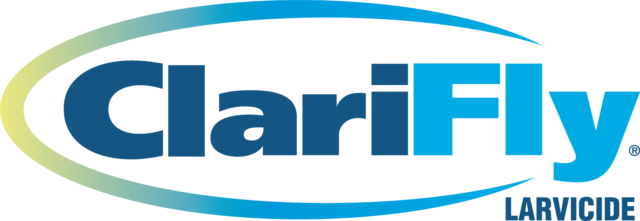Diversified farming has always been considered a legitimate alternative for farmers and ranchers. Midwestern farmers have done well using corn, soybeans and a pen of feeder steers.
But there are many producers like Kansas wheat growers or Nevada ranchers who only have one basket for all their eggs. Low cattle markets over the years drove cow producers to dabble in buffalo, elk, ostrich, longhorn, llama, all-natural beef, game hunting, even a dude ranch bed and breakfast to keep from taking a job in town.
These “fad” alternatives worked for some; others got taken for a ride. But if we are willing to look at life as an adventure, my admiration goes out to those innovative hog farmers who still have the empty emu corrals behind the farrowing barn.
Even though the U.S. lamb market has been strong, circumstances have piled up that make it tough to raise sheep. Our government, in its wisdom increased the amount of New Zealand lamb we can import and eliminated our producers’ subsidy on wool. It now costs more to have your sheep sheared than the wool is worth.
In a world where we are screaming for sustainable fuels and less dependency on foreign markets, polyester, a product of fossil fuel, and imported from China, has driven wool out of business. Ah, the hypocrisy of it all.
But I met a lady in Iowa who raises Katahdin sheep-haired sheep. They run behind the cows and stay out all winter. No wool to cut, no hay to feed, dogs live with the flock and she has shown a profit 10 years in a row. Then I visited with a man in Maryland who has been selectively breeding and marketing Kosher Angus cattle. It’s not easy or simple but neither is raising buffalo.
Grass fat beef, organic chicken, all natural catfish, and range pigs can be successful niche markets. In the future we might see cloned turkey, white tail deer brought down by bullets blessed by P.E.T.A., baby seals taken by Native Americans using the approved humane Sierra “Club”, or the Nature Conservancy selling out to the Saudi sheiks who will put all their money behind raising goats and camels!
The dedication, diligence and ingenuity of the American/Canadian ag community have made us the horn of plenty, the envy and food bank of the world. I am sometimes incredulous, sometimes impressed and sometimes tickled by our creativity, but never surprised. After all, who could have imagined a market for lamb shanks! ANM




